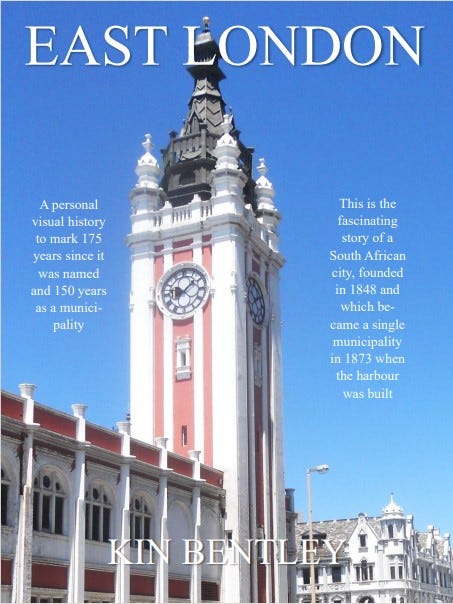The origin of South African cities
How a relative handful of European settlers built first-world infrastructure
People living in Western nations that arose from colonisation can have little concept of what went down in sub-Saharan Africa while they developed along the lines of their countries of origin.
The establishment of first-world economies and cities by European colonists in southern Africa was a remarkable achievement.
Unlike North America and Australia where millions of European emigres overwhelmed the indigenous populations, in southern Africa the Portuguese, Dutch, British and German colonists were always, and have always been in the minority.
We're talking about even substantially colonised countries like South-West Africa-Namibia, Angola, Mozambique, South Africa, Zimbabwe-Rhodesia and Zambia.
And, as improved living conditions and modern medicine became established, indigenous people lived longer and procreated far faster than the colonists in the 20th century.
This saw the ratio extend ever further in favour of the native populations. Indeed, with most white families shrinking in number and, post independence, many younger whites emigrating, the first-world economies are rapidly returning to third-world status.
Electricity, water and sewerage infrastructure is collapsing. Cherished inner cities, which should be the heritage hallmarks of the country, are going to ruin: unkempt and uncared for.
It is against this backdrop that I am producing my series of visual histories of Eastern Cape towns.
The Western Cape's towns were established by the Dutch from 1652 and added to substantially when the British assumed effective control over the Cape Colony in 1806. The indigenous Khoisan were conquered quite easily and assimilated, with Afrikaans becoming the lingua franca for most of the population.
But in the remote Eastern Cape, a far more formidable and numerically superior Nguni population was what the 4,500 or so British settlers faced upon their arrival in 1820.
It is no surprise that the eastward-migrating Cape Dutch trekboers and the amaXhosa had already fought three frontier wars since 1779 before the British settlers arrived to act as a human buffer in the Albany district.
Despite these odds, and regular conflict with a Xhosa nation often divided amongst itself, these settlers thrived, establishing ports at Algoa Bay, Kowie, the Buffalo River and even distant Durban.
Numerous rural towns were established to add to those set up by the Dutch. The ANC has renamed many, but Grahamstown, Queenstown, Aliwal North, King William's Town, Fort Beaufort, Cradock, etc, were never indigenous towns.
They were developed by British, Dutch-Afrikaner and German settlers and built to serve the surrounding commercial farms.
Yes there was a conflict over land. But more importantly there was a dispute over land use. The settlers brought scientific farming methods to replace the land-wasting migratory methods of both the Xhosa and trekboer pastoralists.
The Boers, who also refused to free their slaves under British rule, trekked inland in the 1830s, establishing new, modern cities like Bloemfontein and Pretoria.
But I'm an Eastern Cape boytjie, so my interest currently lies here.
My history of Port Elizabeth has recently been published and is available here: https://www.200years.co.za/
Now you can get my visual record of my home town East London, albeit only in digital form.
I'm selling this 150-page self-designed book for a mere R170. I want people to enjoy the story I reveal in photos, old and recent.
Please email me at bentleykin@gmail.com to get my banking details. Once the money lands you get the link, download the book and have a cherished record of a city that reflects the incredible ingenuity and pride in creating things which defines East London's development.



